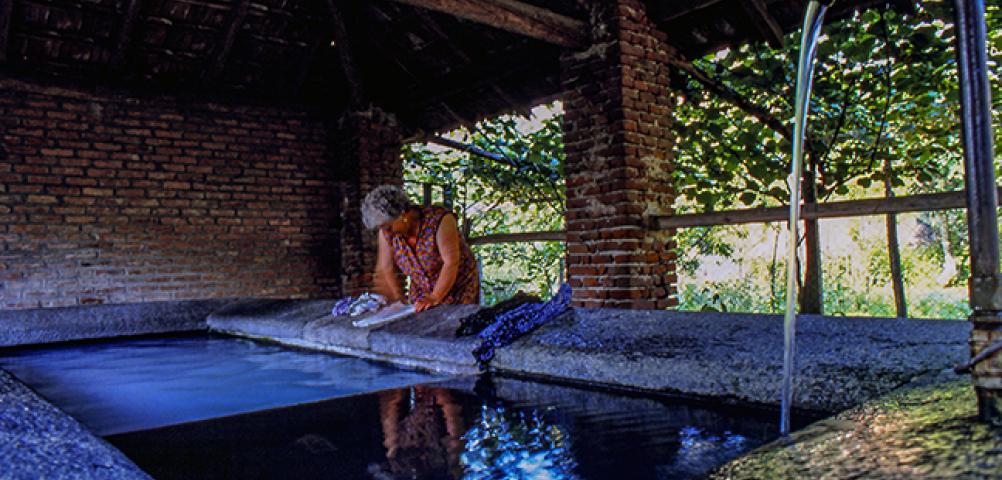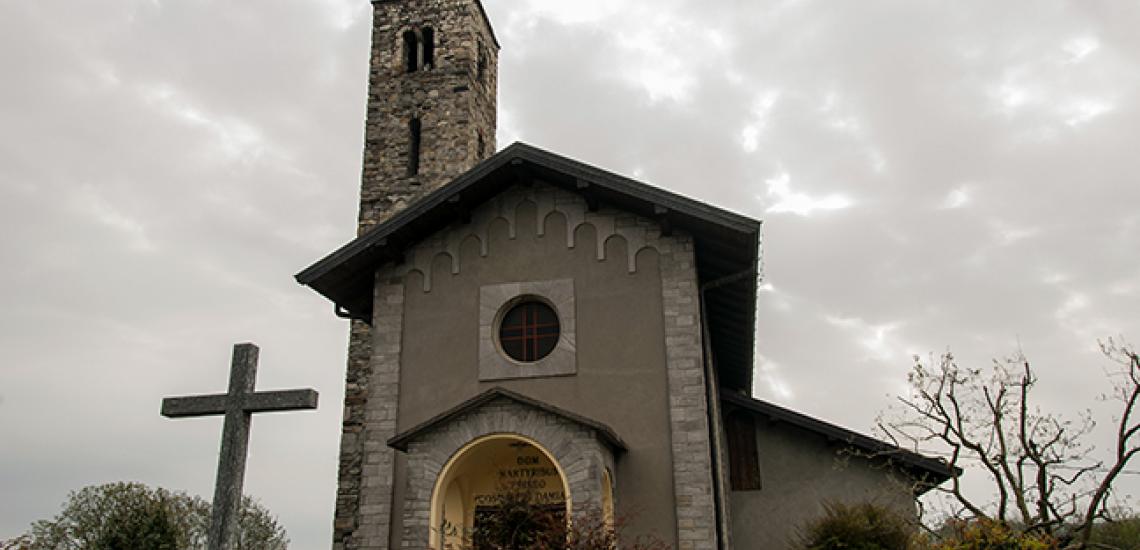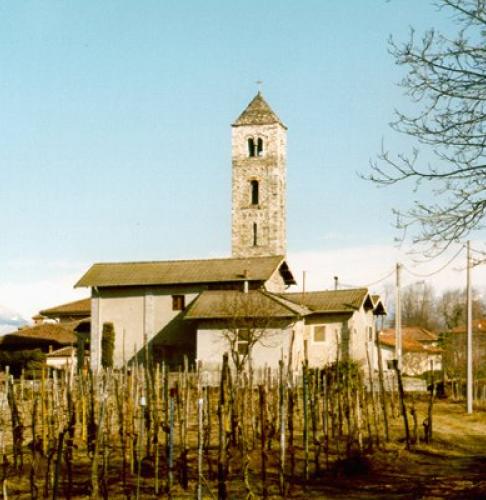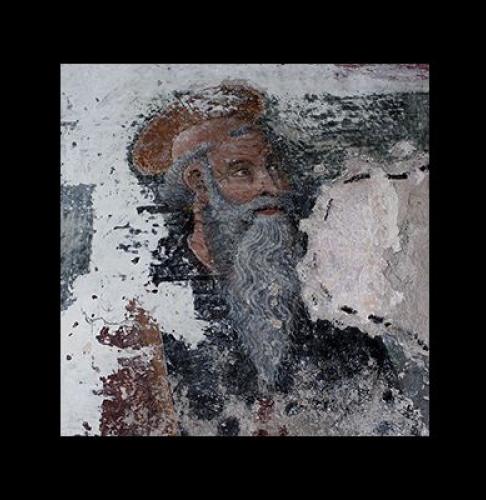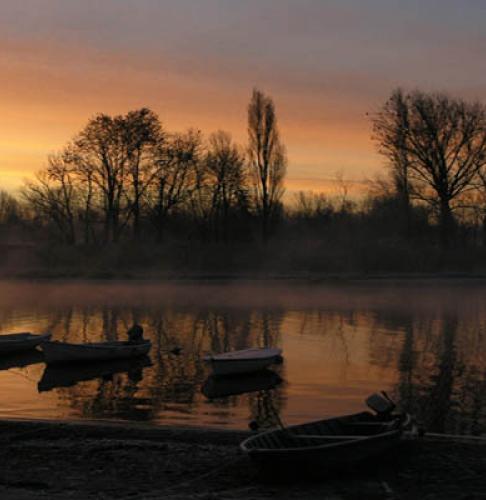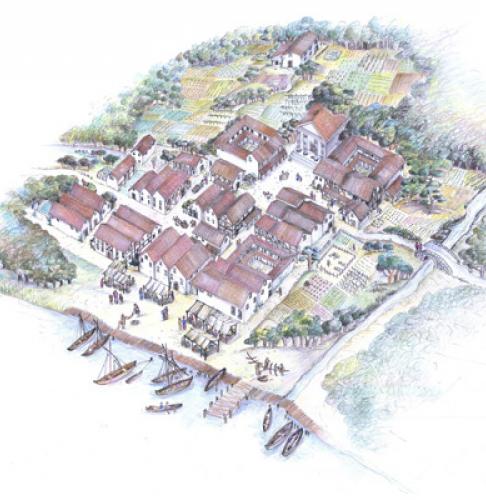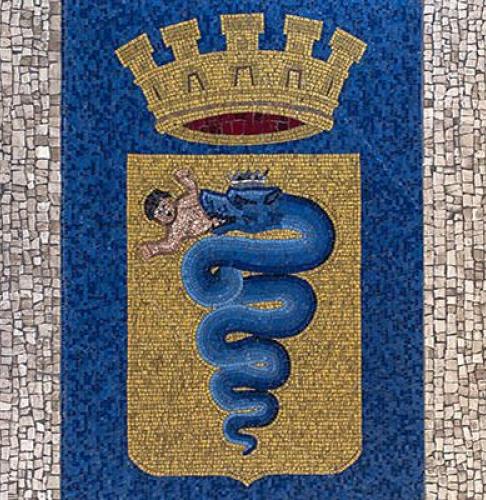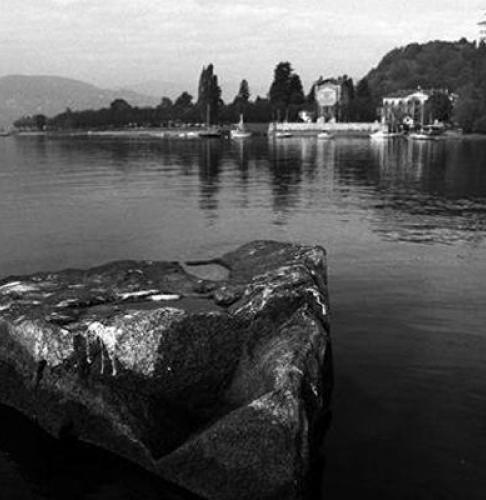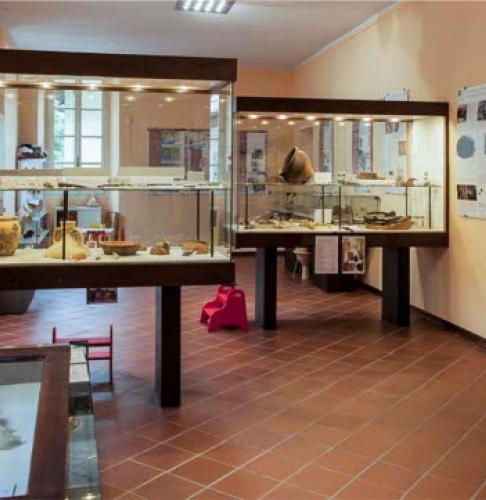The two hamlets of Angera
Barzola and Capronno
The two hamlets of Angera, Barzola and Capronno, were autonomous municipalities until 1927 and in previous centuries had always maintained their independence, despite the short distance from Angera. The two settlements are very old, their churches appear in the list of churches of the Diocese of Milan at the beginning of 1300, and for Capronno the oldest existing document is from the year 877, when the Empress Angilberga left “the court of Capronno" to the San Sisto Monastery of Piacenza. Many archaeological and historical clues would suggest the presence of a large Roman rustic villa at Capronno, which then became Lombard and finally Frank, when it became one of the two courts of direct imperial dominion on Lake Maggiore. The presence of a Roman agricultural settlement has been hypothesized for Barzola, probably an extension of that of Capronno. The two villages seem to have been purely agricultural settlements from their origin until the second half of the 19th century, occupied by large farms, owned in 1500 by the families of the Merzagora and Besozzi, and then by the Borromeo and Serbelloni and other wealthy families of Angeresi and of ecclesiastical bodies. The work force was made up of the inhabitants of the two villages, whose population remained stable for centuries, with farms that were perhaps worked by the same families for several generations. In any case, the physical structure of the two areas did not change, as can be seen from older maps.
The break in this continuous balance occurred in the second half of the nineteenth century when an increase in population led to an overcrowding of the houses, whose number had not increased over the centuries. The great historical owners, such as the Borromeo, began to sell off their lands and the new owners tried to squeeze as much as possible out of their new possessions, making agricultural contracts more and more burdensome for the peasants. At that time emigration was inevitable and a considerable part of the population moved to the United States and Canada. A large community of Capronnese settled in San Francisco. Financial aid being sent back by the emigrants allowed their remaining families to buy part of the land, and in the first half of the twentieth century the two hamlets had become a set of small peasant properties. In the second half of the century agricultural activities were transformed again, with farms being concentrated into fewer but larger holdings and the hamlets became largely residential housing.
There is not much that remains from the long history of the two hamlets, only that they are still basically the same structure as they were two centuries ago, apart from the fact that new houses have been added around the original nucleus.
In Barzola the beautiful and slender Romanesque bell tower, dating back to about the twelfth century, suggests that there was once a more significant structure than the modern church. In Capronno the current church dates back to 1865 and in the construction the medieval building that became the current sacristy was not destroyed. It is here that a few years ago significant traces of two cycles of frescoes were found, one from the late 1500s and another probably from the second half of the 1400s, for which it would be necessary to find the financing to have them restored.

